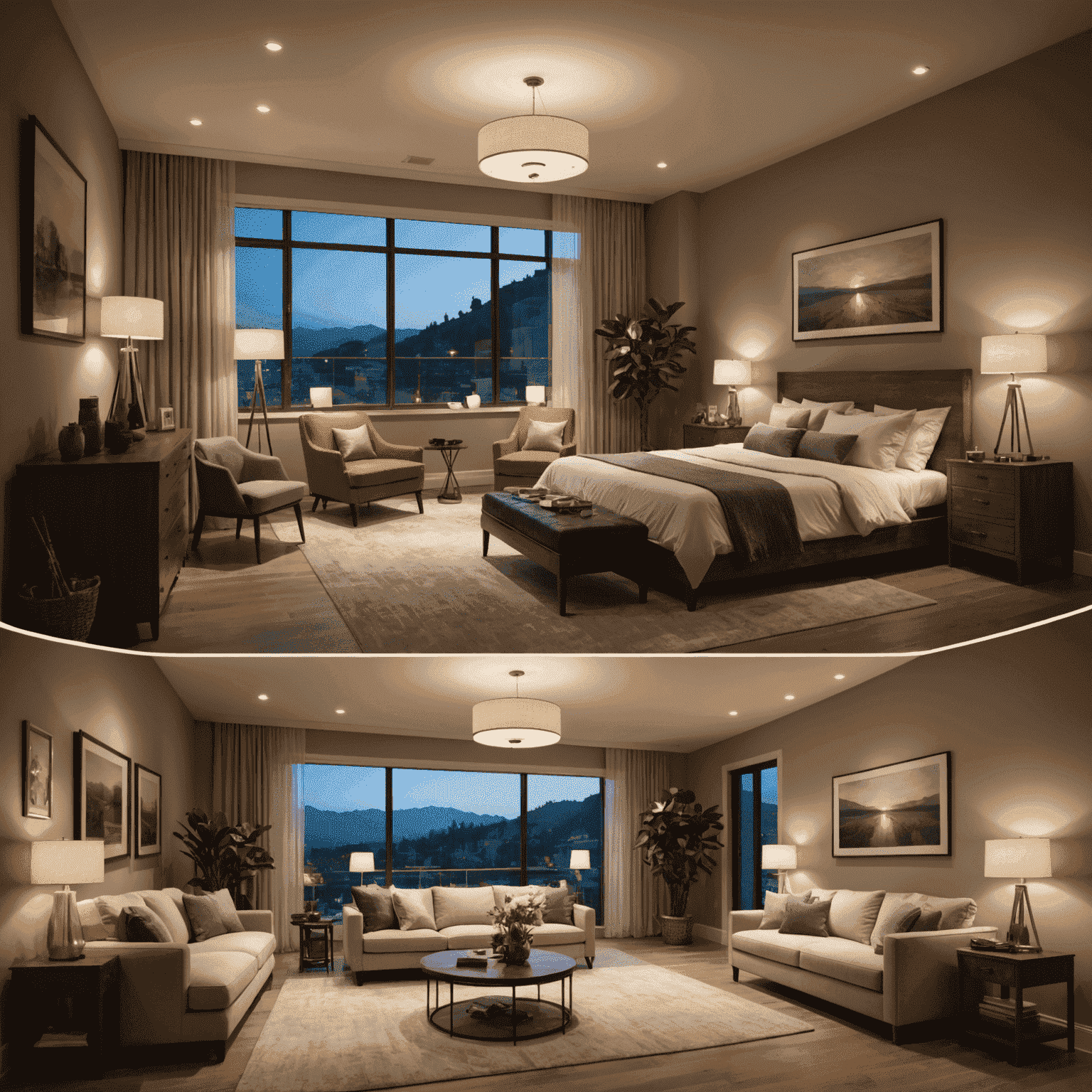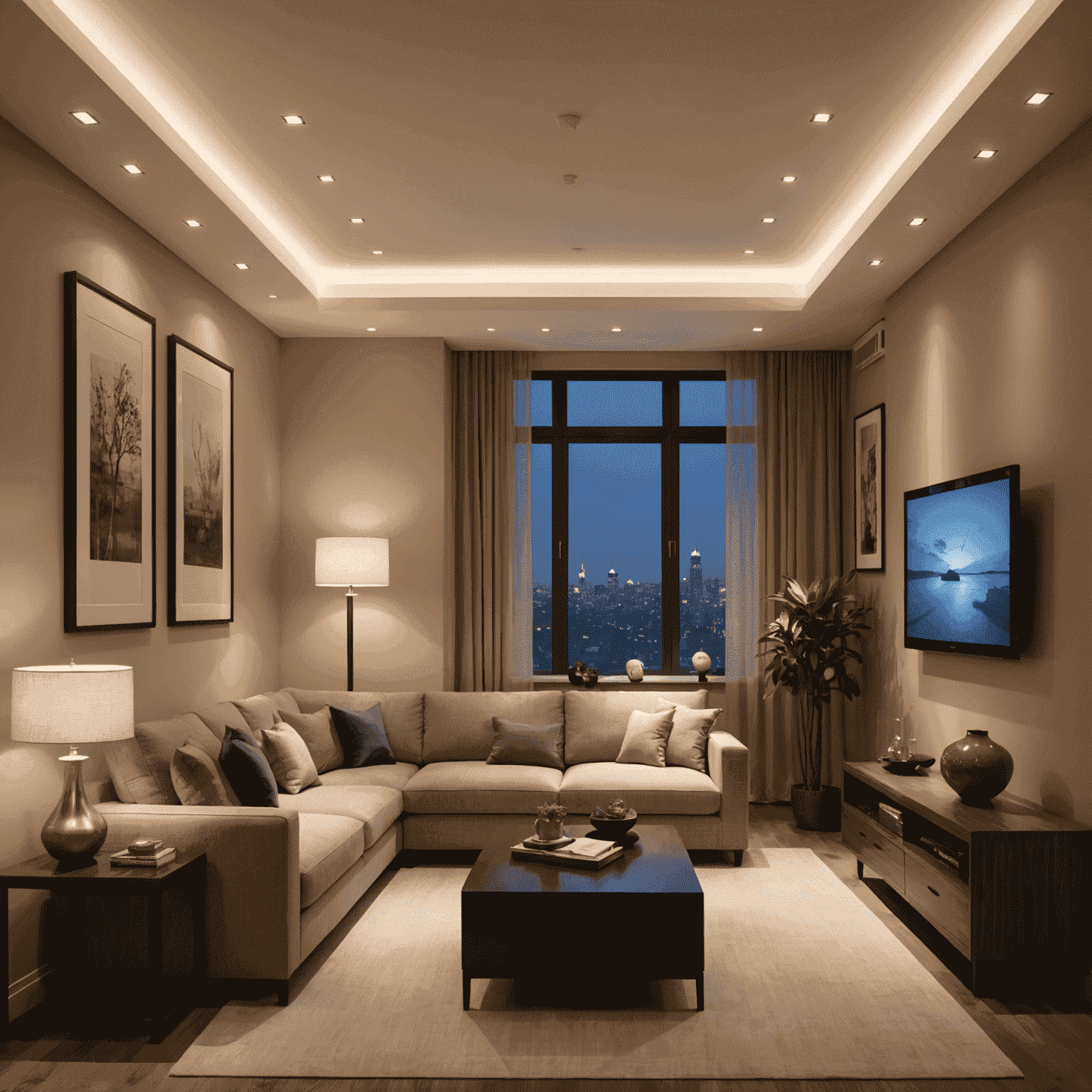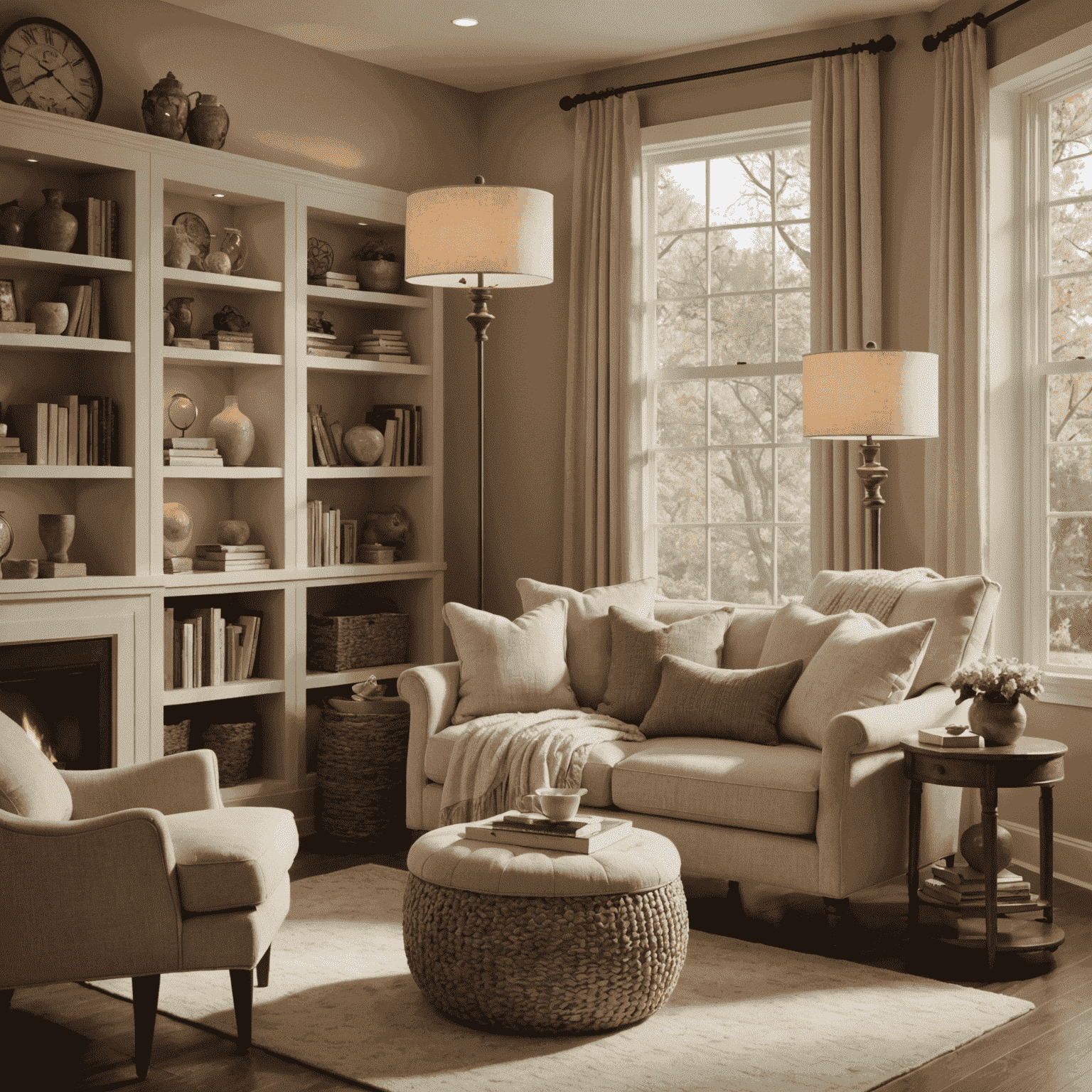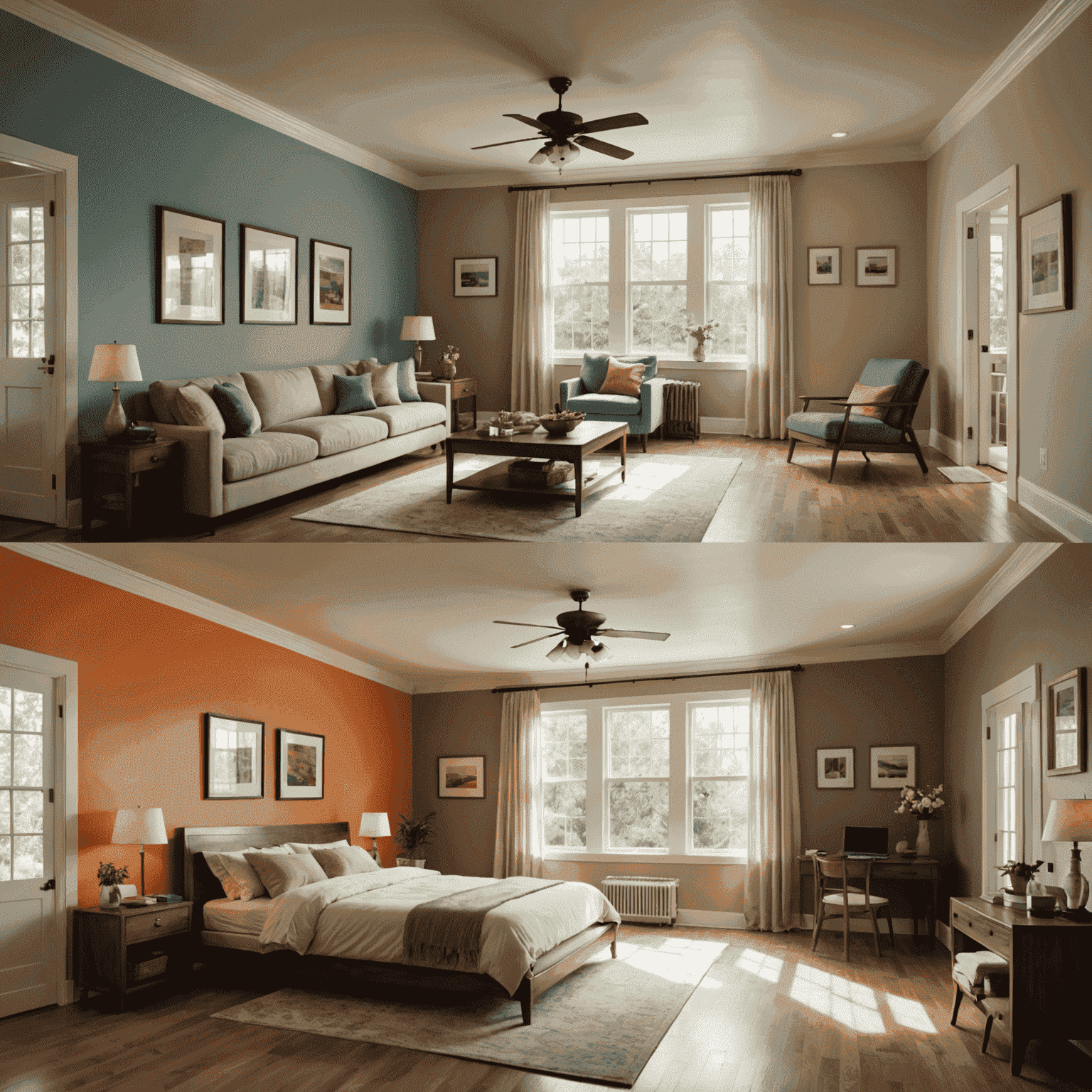Seasonal Coat Rental: Elevate Your Style, One Season at a Time
Experience the luxury of high-end designer coats without the commitment. Our Seasonal Coat Rental program allows you to embrace outerwear style and seasonal fashion trends effortlessly.

Why Choose Our Coat Rental Service?
- Try before you buy
- Access to designer collections
- Perfect for special occasions
- Experiment with different styles
- Sustainable fashion choice
How It Works
1. Browse Our Collection
Explore our curated selection of designer coats for every season and occasion.
2. Choose Your Rental Period
Select a rental duration that fits your needs, from a weekend to a full season.
3. Wear and Enjoy
Receive your coat and make a statement with your elevated outerwear style.
Featured Seasonal Selections

Spring Showers Trench

Summer Evening Jacket

Autumn Warmth Wool Coat

Winter Wonderland Fur
Style Tips for Rental Coats
Make the most of your rented outerwear with these fashion layering tips:
- Experiment with different scarf styles to change up your look
- Try belting your coat for a more defined silhouette
- Mix textures by pairing smooth leather gloves with a wool coat
- Use statement boots to complement your coat's style
- Don't forget to accessorize with a stylish hat for extra warmth and flair
Customer Testimonials
"The Seasonal Coat Rental program allowed me to try out different styles before committing to a purchase. It's a game-changer for my wardrobe!"
"I rented a designer coat for a winter wedding and felt absolutely fabulous. The quality and style were impeccable."
